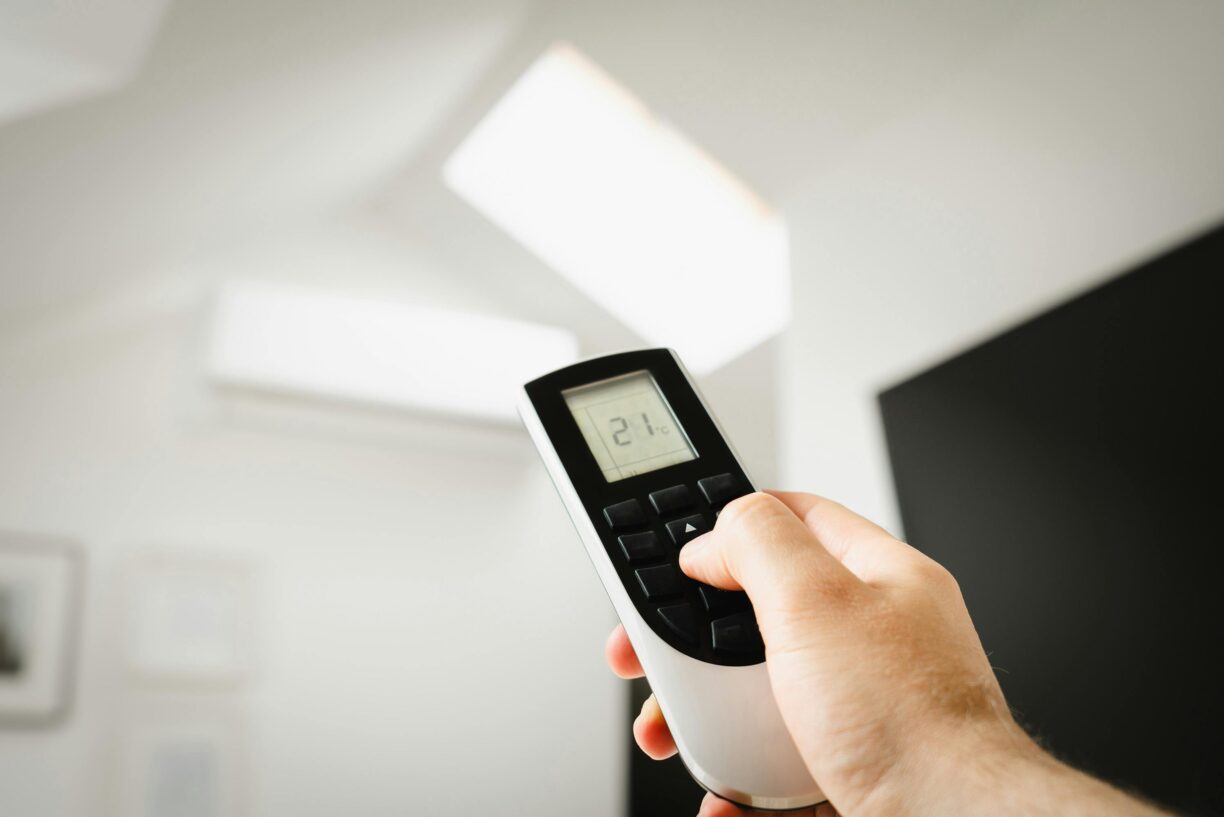Understanding how seasonal variations impact your energy bill is essential for managing energy costs effectively. Weather changes not only dictate our comfort levels indoors but also influence our energy bills. With energy costs rising globally, adopting smart strategies to optimise energy use is crucial. This article delves into how different seasons affect energy consumption and provides practical advice for adapting to these changes. By the end, readers will have a fortified knowledge of how to handle their energy bills efficiently throughout the year.
The Impact of Winter on Your Energy Bill
Winter is synonymous with increased heating requirements, leading to a significant uptick in energy consumption. Cold weather forces heating systems to work overtime, thereby elevating energy costs. Common practices during winter, such as leaving heating systems on continuously or heating unoccupied spaces, can exacerbate this issue.
One of the primary solutions to curb high energy costs in winter is proper insulation. Insulation is critical for retaining heat within the home, which reduces the need for excessive heating. Ensuring that walls, roofs, and floors are well-insulated can make a substantial difference in energy bills.
Moreover, considering energy-efficient heating options can prove beneficial. Options such as programmable thermostats, energy-efficient heaters, and ductless heat pumps can help maintain warmth while optimising energy use. Simple steps, such as sealing drafts around windows and doors, can also play a significant role in conserving heat.
Summer Energy Bills: Why They’re Higher
Summer brings its set of challenges, primarily the need for air conditioning systems to maintain indoor comfort. High outdoor temperatures lead to increased use of cooling devices, which can result in a spike in energy consumption. Air conditioners and fans running throughout the day contribute significantly to higher energy bills.
One way to manage summer energy costs is by maintaining a cooler home environment without overly relying on air conditioning. Planting trees or installing awnings can provide shade, reducing indoor temperatures. Closing blinds or curtains during peak sunlight hours can also help keep the house cooler.
It’s also worthwhile to evaluate and improve the efficiency of air conditioning systems. Regular maintenance, such as cleaning or replacing filters, ensures that the system operates at its best. Additionally, investing in energy-efficient air conditioners and using programmable thermostats to control cooling times can lead to significant savings.
Spring and Fall: Transitional Season Challenges
Spring and fall come with fluctuating temperatures, which can make energy management tricky. During these transitional seasons, the need for both heating and cooling can vary dramatically, impacting energy consumption patterns.
One effective strategy is to maintain a consistent indoor temperature. This can be achieved through manual adjustments or, for those looking to simplify, using programmable thermostats. These devices allow for pre-setting temperature preferences, ensuring comfort while minimising energy use.
HVAC system maintenance is particularly vital during these periods. Ensuring that heating and cooling systems are in top condition prevents inefficiencies that can lead to energy wastage. Regular inspections and timely repairs can mitigate unexpected spikes in energy use.
Advanced systems, such as HVAC with zoning capabilities, can provide targeted heating and cooling where needed. This not only enhances comfort but also ensures that energy is not expended unnecessarily on unoccupied areas.
Adapting Your Home for Seasonal Energy Efficiency

Photo by on Pexels
To further enhance energy efficiency, several proactive measures can be adopted. Insulation and window treatments, such as thermal curtains or double-glazed windows, play a vital role in controlling indoor temperatures throughout the year.
Conducting seasonal maintenance for HVAC systems ensures they operate efficiently, reducing the likelihood of costly repairs and inefficient performance. This includes tasks like cleaning filters, checking for leaks, and ensuring proper airflow.
Embracing smart home technologies can automate the optimisation of energy use. Smart thermostats, for instance, adjust temperatures based on occupancy and preferred comfort levels. Home automation systems can also manage lighting and appliance use, contributing to overall energy savings.
Adjusting your energy usage based on seasonal variations requires a combination of technology and mindful practices. Simple habits, such as turning off lights when not needed, unplugging devices when they’re not in use, and using energy-efficient appliances can cumulatively lead to significant energy reductions year-round.
Financial Benefits of Managing Seasonal Energy Costs
Efficient energy management isn’t just about reducing consumption; it also brings substantial financial benefits. By optimising energy use, households can enjoy considerable savings on their energy bills. This is particularly relevant during extreme weather seasons when energy costs tend to peak.
In the long term, investment in energy-efficient home upgrades can yield further financial benefits. Improved insulation, energy-efficient windows, and modern heating and cooling systems increase a home’s energy efficiency and can also enhance its market value.
Several incentives and rebates are available for those undertaking energy-saving improvements. Governments and energy providers often offer financial incentives to encourage the adoption of energy-efficient technologies and practices.
Conducting a cost-benefit analysis of energy-efficient investments can offer insights into the potential returns. While the initial costs of upgrades might be high, the long-term savings on energy bills usually justify the investment.
Conclusion
Each season poses distinct challenges for managing energy consumption, but with the right strategies, these challenges can be effectively addressed. Proactive measures such as proper insulation, regular HVAC maintenance, and the use of smart technologies can lead to significant energy savings. By implementing the tips and strategies discussed, households can achieve long-term energy efficiency and financial savings. The key lies in understanding the demands of each season and adapting accordingly. Reaping the benefits of reduced energy costs and contributing to environmental sustainability certainly makes the effort worthwhile.



